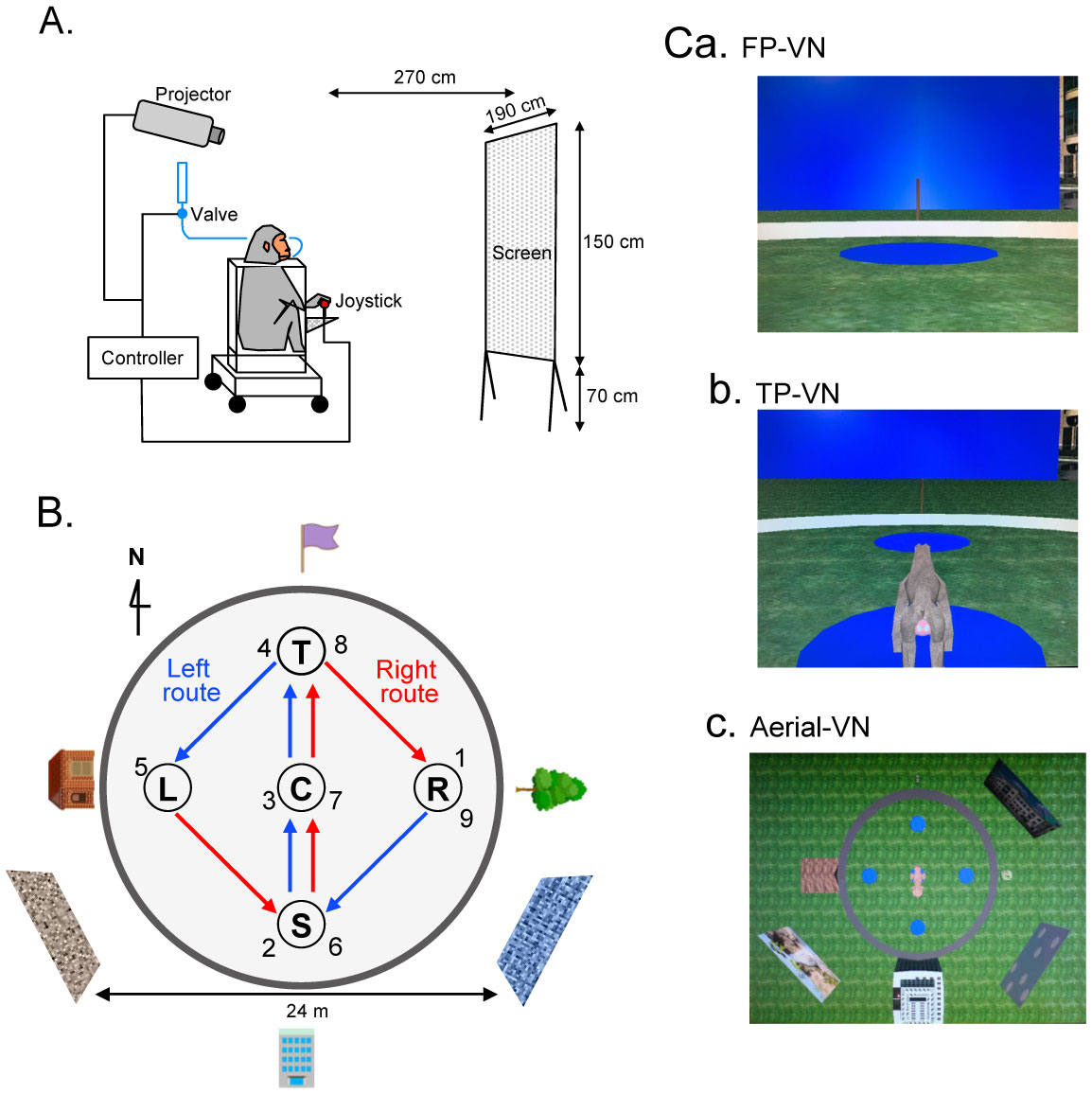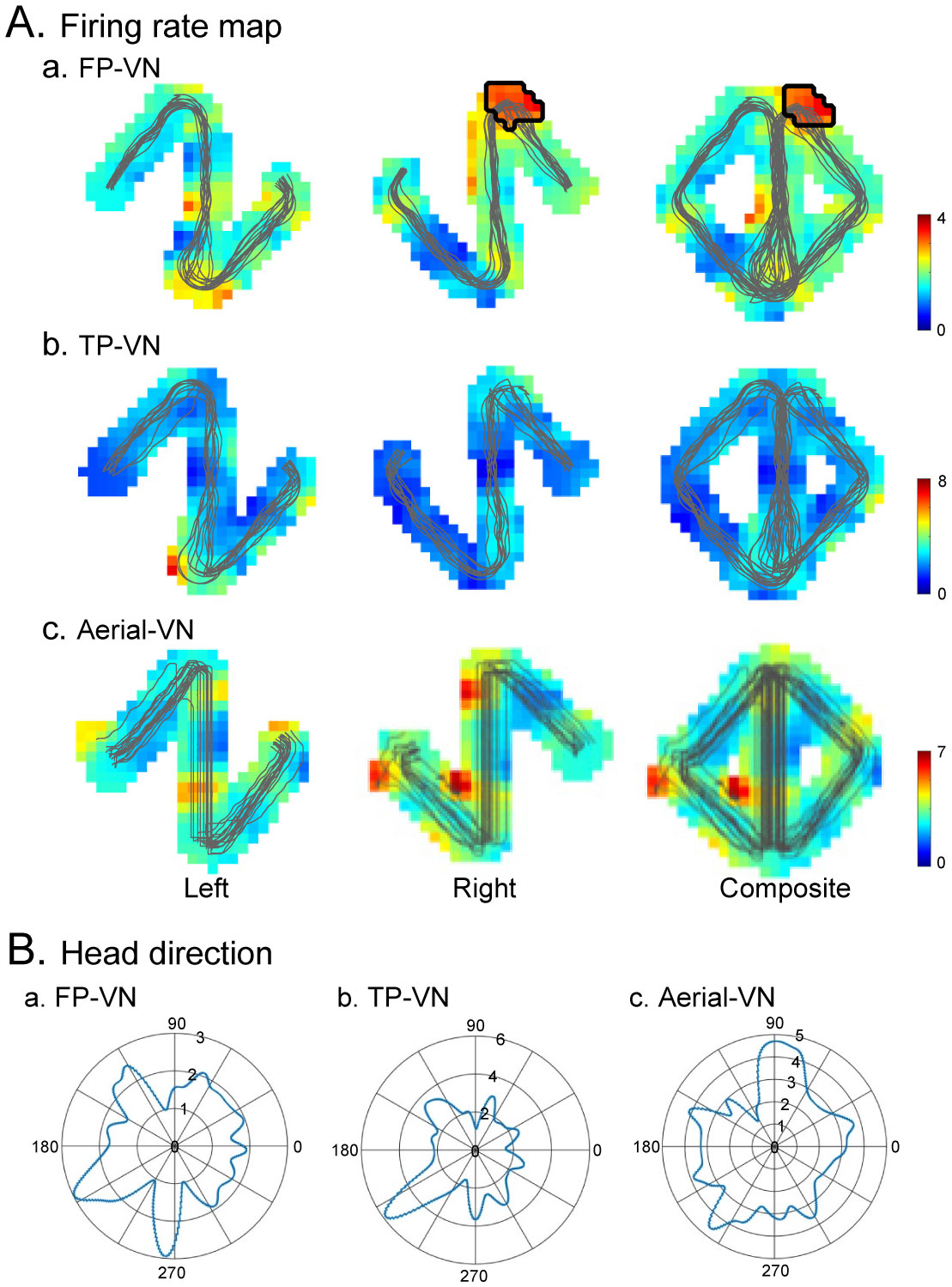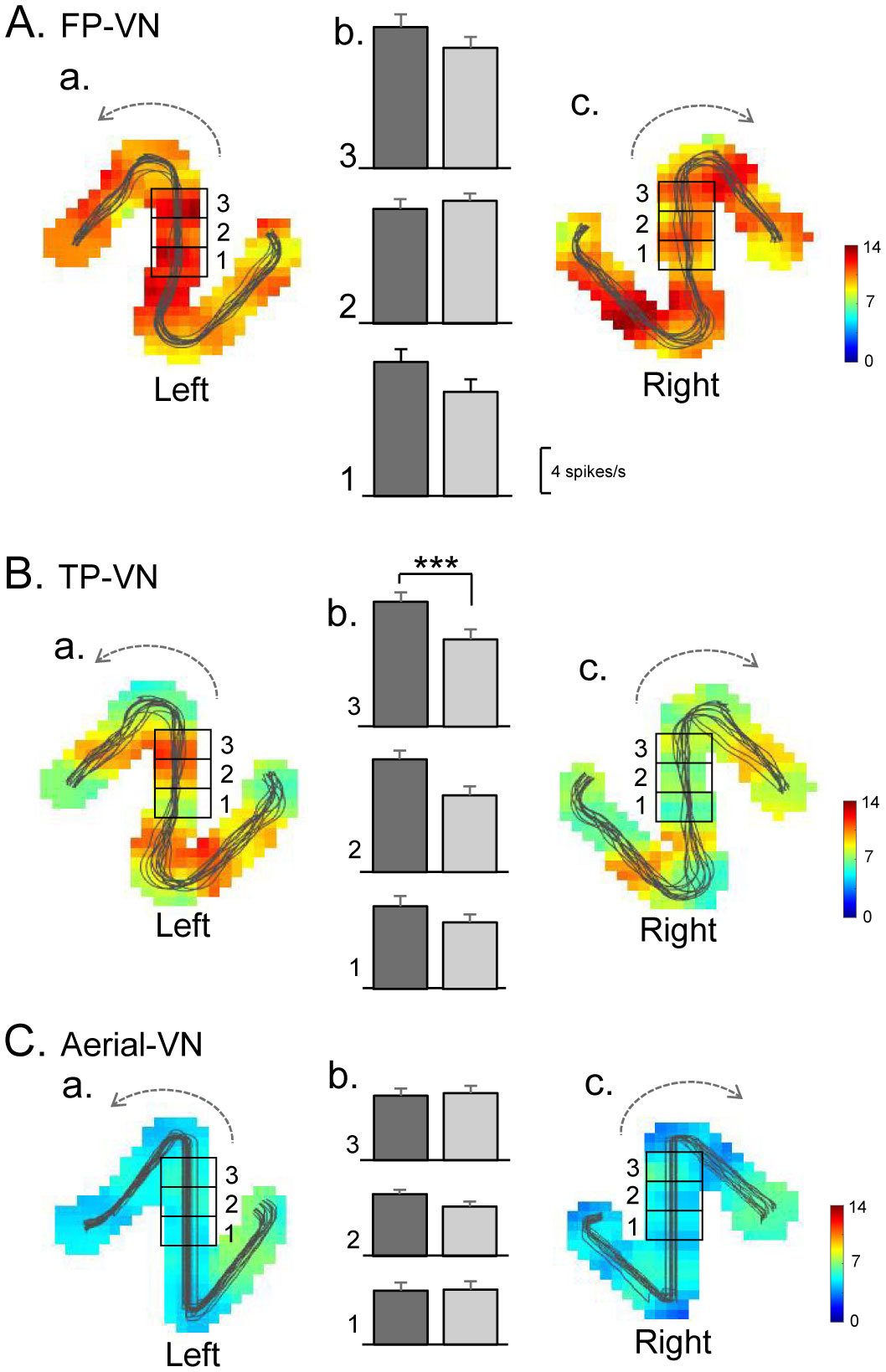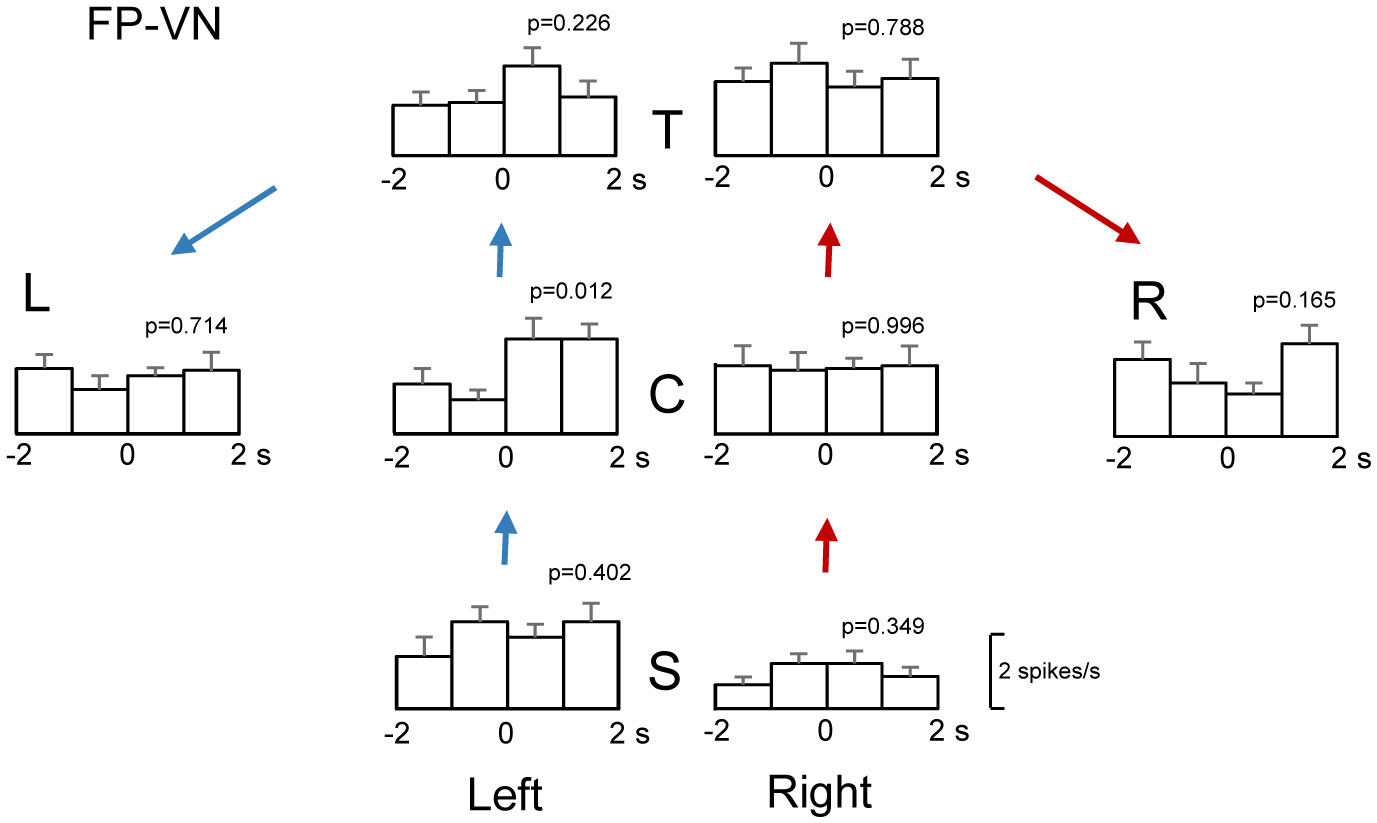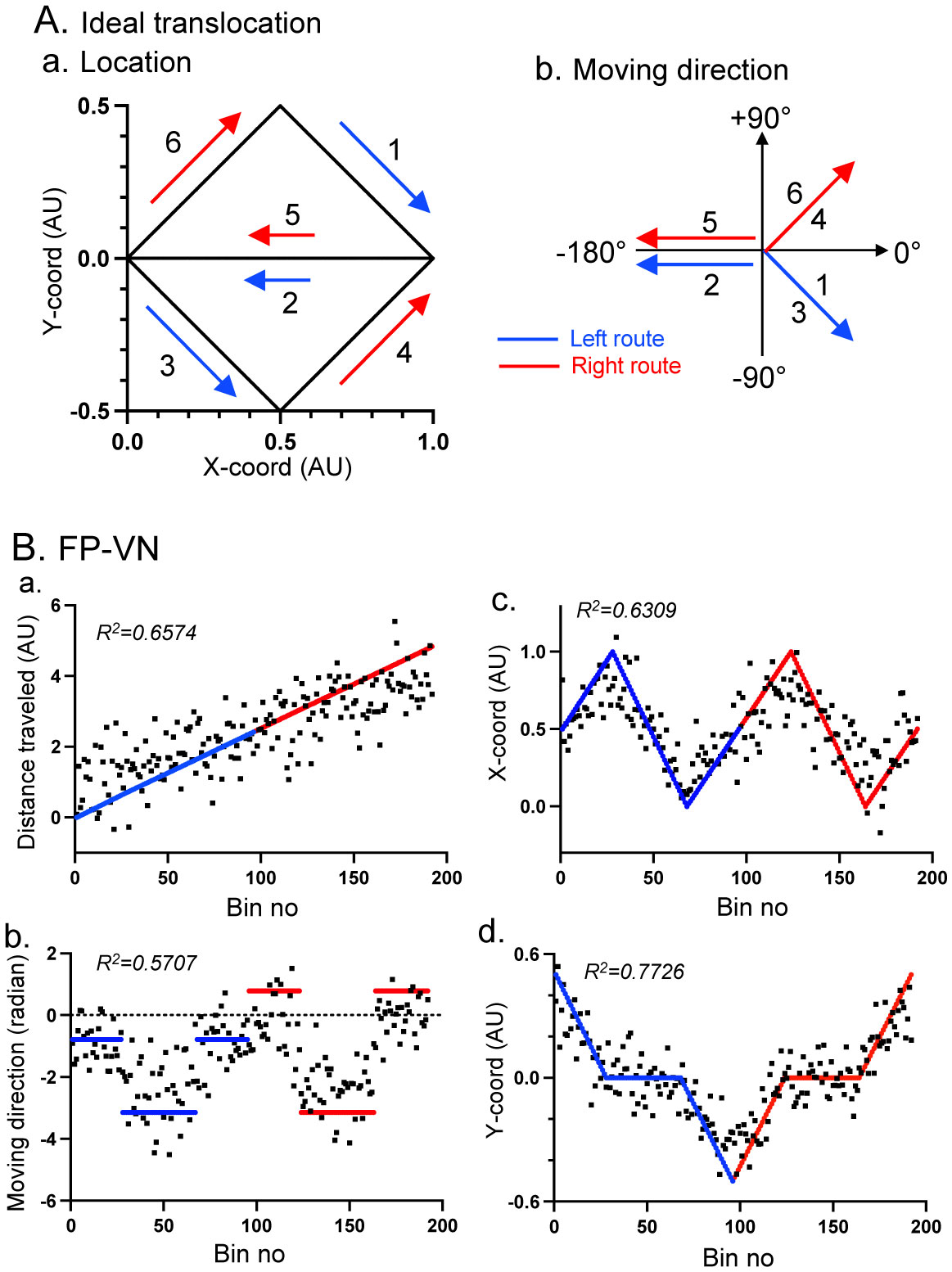1.
Introduction
The financial markets have witnessed a revolution in terms of the pervasiveness of fintech and blockchain technology. The introduction of cryptocurrency, a decentralised, encrypted, and digital currency based on blockchain technology, has caused major disruption in the financial markets. Cryptocurrency is a highly speculative instrument (Matthews, 2021) that is vulnerable to large price swings (Cheah and Fry, 2015; Katsiampa, 2017). Their price behaviour and market movements have piqued the interest of scholars and regulators as they question their value as an investment vehicle or the means of exchange (Velde, 2013). These digital currencies do not perform the duties of a traditional central bank-issued fiat money, lack the intrinsic value (Philippas et al., 2020) and are primarily used for speculation (Baur et al., 2018; Yermack, 2015). Since the introduction of Bitcoin (Nakamoto, 2008), cryptocurrency markets have grown exponentially despite volatility. This is demonstrated by the fact that well over 19000 cryptocurrencies that are trading in the market with a total market capitalization of USD 1.22 trillion (www. coinmarketcap.com, as of June 04, 2022) Although the instrument lack regulatory legitimacy, the entire ecosystem of cryptocurrency has flourished with the development of wallets, stable coins and miners and has the potential to disrupt the traditional payment models in the financial sector. Crypto markets are dominated by individual investors (Rubin et al., 2018) who lack knowledge of valuations and basic asset price drivers (Enoksen et al., 2020) and are influenced by the information published on social media and online forums such as Reddit, Facebook, and Twitter (Garcia and Schweitzer, 2015). The new-age investors interested in cryptocurrencies typically establish beliefs based on talks that lead to the sharing of impressions and future expectations, resulting in trade decisions that are not based on fundamentals, but rather on imitation and "crowd chasing". According to the studies, Bitcoin's valuation is influenced by social media sentiment (Mai et al., 2018) and user interest (Kristoufek, 2013), and it is argued that there may be a possible causal relationship between prices and interest-driven variables, as evidenced by Google Trends and Wikipedia views. This is supported by the recent report by Reddit where the word "crypto" garnered the most mentions in 2021 (The Outlook India, December 2021) and was discussed more than 6.6 million times during the year. Further, the total crypto market volume witnessed an increase of 2.07% to USD 105.26 billion (Outlook, 2021). Figure 1 illustrates a Google Trends graph showing the synchronized movement of user community interest in the search term cryptocurrency and the Bitcoin price.
The inadequate understanding of cryptocurrencies due to the lack of transparent and reputable information sources and the idiosyncratic and complicated character makes the market vulnerable to biases and irrational investment behaviour. How do investors price assets and make decisions in the absence of any reference points? Behavioural finance attempts to overcome this gap by investigating asset prices in the context of human behaviour. It tries to account for the participants' perspectives, feelings, and opinions on price changes. Given this theoretical framework and the potential impact of investor behaviour on cryptocurrency prices, this study investigates the presence of market-wide herding under various market regimes. Our research adds four novel contributions to the existing body of knowledge. First, instead of focusing solely on Bitcoin, it examines the 22 major cryptocurrencies, which account for 90% of the total market cap, yielding robust results. Second, we use quantile regression estimation rather than OLS. This ensures that the outcomes are not influenced by outliers or extreme values (Kumar, 2020; Philippas et al., 2020; Senarathne and Jianguo, 2020). Third, we broaden the research to look at herd behaviour during the once-in-a-lifetime Covid-19 outbreak. As a result, this paper adds to the body of literature on the impact of the pandemic on financial markets. Four, we decompose the dispersion to examine the bias for three market regimes: bull and bear markets, extreme market returns, and high volatility. This adequately captures the key market parameters that could influence investor behaviour.
Given the framework, the following research questions (RQ) are investigated in this study.
RQ1: Is there significant market-wide herd behaviour across different cryptocurrencies?
RQ2: Is the herd effect dependent on market asymmetries of return, extreme movements, and volatility?
RQ3: Does the COVID-19 pandemic have an effect on herding in cryptocurrency markets?
Our results provide evidence of significant market-wide herd behaviour. Further, herding exhibits asymmetry and is pronounced during bull periods, extreme down market returns and high volatility days. The results also yield that the sub-period of the Covid-19 outbreak intensified the herd phenomenon in the cryptocurrency market. We also highlight the implications of the empirical findings for investors and regulators. The rest of the study is structured as follows: Section 2 provides a review of the empirical literature on herding in the cryptocurrency market. Section 3 discusses research objectives, data, and methodology. Section 4 presents the empirical findings and the analysis. The last section concludes the study and explains the future scope of the research.
2.
Literature review
Humans are affected by emotions and cognitive biases in general, which influence their actions and choices, including financial and investment decisions. As a result, there is an incentive for imitation and herd behaviour to conform to others or get into the swim of things (Leibenstein, 1950). Cryptocurrencies are a new phenomenon, and the literature on price behaviour is still in its early stages. According to Giudici et al. (2020), cryptocurrency markets are marked by high uncertainty as a result of a lack of clarity on fundamental value and the opaqueness of technology, which adds to the volatility. Furthermore, they are unregulated and primarily attract non-institutional investor participation. These market conditions have the potential to amplify herding. According to the recent research on the price movement of cryptocurrencies, media coverage has a significant impact on Bitcoin valuation (Glaser et al., 2014), as it aids in the formation of beliefs and investor opinions. The contemporary literature concludes that user speculation is the primary price driver for Bitcoin (Fantazzini et al., 2016). The empirical research on herding has been divided into two categories: the first group investigates market-wide herd behaviour using price data (Christie, & Huang, 1995) and the second, examines herding at the participant level using individual datasets (Lakonishok et al., 1992; Wermers, 1999). Since user anonymity is a distinguishing feature of this market, obtaining detailed individual-level trade data is not possible (Kremer et al., 2013). Further, the most popular method to analyse individual data sets for herding is by Lakonishok et al. (1992) which suffers from certain limitations. The method employs the number of buyers and sellers in the stock and ignores the volume of transactions. During conditions of different trade volumes with an equal number of buyers and sellers, the results will be inaccurate (Bikhchandani and Sharma, 2000). Second, LSV (1992) does not recognise the cross-sectional temporal dependence in trading patterns of funds, as a result, does not inform if it is the same fund that herds over time (Puckett and Yan, 2008). The majority of quantitative research on crypto herding falls into the former category that uses the publicly available market price data. The measure of return dispersion has been used by Christie and Huang (1995) (cross-sectional standard deviation, CSSD), Chang et al. (2000) (cross-sectional absolute deviation, CSAD), and Hwang and Salmon (2004) (beta herding). The academic research provides mixed and inconclusive results on the existence of the herd phenomenon in the crypto market. This review first focuses on the studies that find significant herding in this market (Ballis and Drakos, 2020; Kaiser and Stöckl, 2020; Kallinterakis and Wang, 2019). Ballis and Drakos (2020) examine six currencies namely, Bitcoin, Ethereum, Litecoin, Monero, Dash, and Ripple from August 2015 to December 2018 and report herd behaviour that is more pronounced during up market conditions. Haryanto et al. (2019) show similar results for Bitcoin herding. Da Gama Silva et al. (2019) employ CSSD, CSAD, Hwang and Salmon's (2004) method and find the evidence of herd behaviour in the 50 most liquid and capitalised digital currencies. Kiaser and Stöckl (2020) attribute the persistence of herd behaviour to the irrational individual investors with non-professional backgrounds. Calderón (2018) by applying the Markov-Switching Regime technique to the top 100 cryptocurrencies finds that there are specific periods during which herding is present, for instance, market stress (Akinsomi, Coskun, and Gupta, 2018; Kumar 2020). Leclair (2018) also argues that herd behaviour is persistent, and shocks have a positive impact. Kallinterakis and Wang (2019) provide arguments in support of herding in the cryptocurrency market due to speculation, high volatility, and noise trading. Stavroyiannis and Babalos (2019) argue that investors find comfort in consensus and herd during periods of market turmoil, high volatility and stress. Similarly, Shrotryia and Kalra (2021) discover asymmetry in herd behaviour that is exacerbated during times of extreme volatility. In contrast to Kumar (2020), they conclude that bullish phases are associated with strong herd behaviour. Furthermore, COVID-19 periods amplify the herd hunch.
Next, we shift the focus to the academic research that yields inconclusive or conflicting findings for cryptocurrency herding (Amirat and Alwafi, 2020; Coskun et al., 2020; Vidal-Tomás et al., 2019; Yarovaya et al., 2021). Bouri et al. (2019) use the CSAD technique to study a sample of 14 prominent cryptocurrencies. The static model demonstrates anti-herding, whereas the time-varying method utilizing rolling window analysis demonstrates strong herding during sub-periods. Stavroyiannis and Babalos (2019) use the time-varying approach of beta herding and do not observe any significant evidence. This result is confirmed by Amirat and Alwafi (2020) for a sample of the top 20 mega cryptocurrencies using the static CSAD model. Youssef (2020) provides empirical evidence of the anti-herd phenomenon in the crypto market. Using high-frequency hourly data for the period of the Covid-19 outbreak, Yarovaya et al. (2021) investigate the four cryptocurrency markets-, i.e., USD, EUR, JPY, and KRW to conclude no major herding, however, the phenomenon continues to be reliant on up or down- market days. Coskun et al. (2020) report no herding during market asymmetry fluctuations using econometric techniques. Vidal-Tomás and Ibañez (2018) apply the Chang et al. (2000) metric for 65 digital currencies from 2015 to 2017. Although herding is exhibited during down markets and stress, the results validate rational asset pricing models that can explain the large dispersions. Similar asymmetry is found by Kumar (2020) using daily data for 100 major cryptos during bearish and high volatility days, but no evidence for bullish or low volatility days. The above review presents that despite the plethora of studies available, the results and findings are inconclusive and mixed. We propose the following hypotheses based on the review:
H1: The cryptocurrency market exhibits herd behaviour.
H2a: Herding in the cryptocurrency market is contingent upon asymmetries in return for rising and falling returns.
H2b Herding in the cryptocurrency market is contingent upon extreme market returns.
H2c: Herd behaviour is significant during high volatility periods in the cryptocurrency market.
H3: Herd behaviour is significant during the outbreak of the COVID-19 pandemic for the sub-period of January 2020 to December 2020.
3.
Research objectives, data and methodology
3.1. Research objectives
1. To detect market-wide herding in the cryptocurrency market for the complete sample period.
2. To examine herd phenomenon under different market asymmetries of return, volatility and extreme return conditions.
3. To examine herding in the crypto market during the spread of the COVID-19 pandemic.
3.2. Data and methodology
The study uses the daily adjusted closing prices (in USD) of a sample of the top 22 cryptocurrencies traded globally, which account for 90% of total market capitalization. Our study spans from January 1, 2017, through December 31, 2020. Cryptocurrencies only gained popularity around the year 2013, and since then, they have reached new highs in terms of price and volume. The time range is noteworthy since it includes the spike of period 2016–2017 and the subsequent fall, followed by a strong climb in 2019–2020 that continued even into the year 2020 amid the COVID-19 outbreak. The data is sourced from the database available at www.coinmarketcap.com since the trading activity in this database is characterised by the same underlying process as the exchange and therefore is appropriate to conduct research.
The present research examines herding using the relationship between return dispersion and market return. The dispersion was first coined by Christie and Huang (1995) and measured as CSSD which is defined as the proximity of market and individual asset return. As per the standard finance theories, periods of market stress are expected to increase dispersion as each individual security has a different sensitivity to the market. However, during herding, as investors suppress their individual beliefs, and follow the general market consensus, CSSD decreases and this relationship between CSSD and market return can be used to study herd behaviour. Equation (1) measures CSSD:
The regression Equation is:
Here, Rt is the return on the cryptocurrency i or the equally-weighted average return of all individual cryptocurrencies at time t and 'n' is the number of cryptocurrencies in the market 'm' at time t. D is the dummy variable and takes the value of unity or zero for extreme up (U) or down (L) market returns. Equation (2) provides a linear relation between CSSD and market return and β is the regression coefficient. However, Chang et al. (2000) argue that the linearity does not hold true during large price movements and herding. Instead, the relationship is non-linearly increasing or even decreasing. Chang et al. (2000) measure dispersion as the cross-sectional absolute deviation (CSAD). Using the same rationale as above, during herd behaviour, all asset returns converge towards the market return and the dispersion reduces or increases at a decreasing pace in relation to the market return, rendering the connection non-linear. CSAD is calculated as follows:
The regression Equation is:
Significant and negative regression coefficient β2 implies herding. Further, the returns are calculated using the log difference to reduce skewness and kurtosis in the time series data (Urquhart, 2018).
Pt is the cryptocurrency's closing price, and CVt is the market portfolio's closing value at time t. Market return (Rmt) can be computed as either a value-weighted return or an equally-weighted return. However, considering Bitcoin dominates the cryptocurrency market, adopting a value-weighted return may not be appropriate for the current study. This may skew the return observations, resulting in a Bitcoin-biased value-weighted market portfolio. As a result, the current analysis employs equally-weighted market return averages. The analysis of equity market herding by Tan et al. (2008) and Economou et al. (2011) finds that results employing value-weighted and equally-weighted averages of market return is comparable. This is further confirmed by Vidal-Tomás et al. (2019) and Kumar (2020) The majority of the extant literature uses the ordinary least squares (OLS) regression to estimate Equation (4) for equity markets. According to the research, OLS has limitations because it is a mean-based method that is easily influenced by outliers (Barnes and Hughes, 2002). Furthermore, it may not produce reliable findings when dealing with a non-normal dataset. The residual tests of Durbin-Watson and ARCH LM show that the sample data has autocorrelation and heteroskedasticity. The presence of both the above problems in addition to non-normal data is inconsistent with the assumptions of OLS. Further, since our analysis involves testing for market asymmetries, the data set is split and is not continuous. As a result, the Newey-West procedure to control for autocorrelation and heteroskedasticity is used. However, our results are robust across the different estimation methods1. The non-normal dataset also consists of extreme values. Barnes and Hughes (2002) argue that quantile regression is a more efficient and versatile estimator than OLS as it provides for analysing the impact of independent variables on dispersion over the entire distribution and is robust to the presence of outliers, providing more accurate and reliable results (Koenker and Hallock, 2001). For these reasons, this work uses quantile regression estimator to assess herd behaviour (Koenker and Bassett, 1978). This technique has been widely utilised in similar studies on equity markets (Ajaz and Kumar, 2018; Bharti and Kumar, 2019; Pochea et al., 2017; Yarovaya et al., 2021). If τ is the quantile, the regression Equation is as follows:
1 For brevity, the results for OLS with Newey West estimation is not reported here.
The hypotheses are tested for quantile values of 0.10, 0.25, 0.50, 0.75 and 0.90 (Stavroyiannis and Babalos, 2019).
3.2.1. Examination of herd behaviour during market asymmetries of rising and falling returns
We examine the herd phenomenon during bull and bear market phases. Equation (7) is reformulated for up and down-market movements to check for the asymmetries:
Negative and significant β2up and β2down in Equation (8) and (9) imply herd behaviour during bull and bear markets respectively.
3.2.2. Examination of herd behaviour under extreme market movements
We examine if CSADt is significantly lower than the average during extreme market return periods. Christie and Huang (1995) and Chang et al. (2000) argue that extreme returns are not defined, therefore, we use the criteria of 5% to classify extreme up (down) returns as those which lie to the right (left) of the return distribution for 5%. Following dummy variable (D) regression Equations are estimated for extreme up and down-market returns:
Dup and Ddown are the dummy variables for up and down returns respectively and take a value of unity if Rmt lies to the extreme right or left of the distribution at 5 per cent level or zero otherwise. Significant and negative values of the regression coefficient β2up and β2down imply herd behaviour during extreme up and down markets respectively.
3.2.3. Estimation of herd behaviour under high volatility periods
We use Equation (12) to examine herding during periods of high market volatility as it may raise investor fear (Pochea et al., 2017). Following is the regression Equation:
Here, DHVOL is the dummy variable for high market volatility and takes the value of one for days characterized with high volatility, or zero otherwise. A negative and significant value of coefficient of nonlinear term, β3 implies herding during high volatility period. The conditional volatility of the cryptocurrency market is calculated using the GJR-GARCH (1, 1) model (Kumar, 2020). Figure 2 depicts market return clustering, as a result, the application of the GJR- GARCH (1, 1) model is relevant as it captures the stylized facts in time series data, like volatility clustering and asymmetric returns (Choi et al., 2012). The volatility is considered high on any day t if the value is more than the past 30-day moving average (Kumar, 2020; Tan et al., 2008).
3.2.3. Estimation of herd behaviour during the spread of COVID-19 pandemic.
Herding during the COVID-19 sub period is investigated for the period beginning January 1, 2020, and ending December 31, 2020 using Equation (6). This time spans from the start of the novel Coronavirus's spread, when the WHO declared the outbreak as public health emergency of international concern, through the conclusion of the year, when most global economies had lifted restrictions.
The descriptive statistics of CSADt and Rmt for the sample period are shown in Table 1. Panel A displays the statistics for the time preceding COVID-19. The selected sample's average daily market return is 0.0018 percent with a standard deviation of 0.0485 percent, while the average dispersion is 0.03 percent with a standard deviation of 0.02 percent. Panel B depicts the description for the COVID-19 pandemic sub-period. The average return over the period is greater at 0.0025 percent, while dispersion is lower at 0.024 percent, implying that dispersion decreased during the outbreak. Furthermore, the Augmented Dickey-Fuller test (ADF) significant values show that the series of Rmt and CSADt are stationary at the level for both sample periods. And, the significant Jarque—Bera coefficient verifies the non-normal distribution and emphasizes the utility of the quantile regression estimator.
Figure 3 provides the graphical representation of the relationship between equally-weighted market return (Rmt) and CSADt for the cryptocurrency market for the entire sample period. The relationship appears non-linear and shows that dispersion concentrates at a minimum level near zero for bull periods, whereas it increases for extreme positive returns.
4.
Empirical results and analysis
Table 2 presents the quantile estimation results for (6) for the entire data period in Panel A. The coefficient β2 is negative and significant over the range of quantile values (τ = 0.25, 0.50, 0.75 and 0.90). This reveals that the cryptocurrency market exhibits decreasing dispersions with respect to market returns and therefore herds for the overall period. The study, therefore, accepts the first hypothesis (H1).
Next, using (8) and (9), we investigate for herding during asymmetrical market return movements and the results are provided in Panel B of table 2. The coefficient β2 is negative and significant for only one quantile value, implying herd behaviour during the bull phase, but not during the bear phase. The findings also confirm that the value of coefficient of non-linear term (β2) is lesser for all quantiles during bull phase compared to the whole period. This provides support that bull periods intensify herding. The results therefore confirm the presence of herding during asymmetrical market returns. The regression findings for (10) and (11) for extreme up and down-market returns are shown in panel A of table 3. The results reveal significantly negative β2 during extreme down returns for higher quantile values (τ = 0.75, 0.90). However, no evidence is found for up markets. This demonstrates considerable herding during extreme down markets. Therefore, the study accepts H2b.
Panel B of table 3 also includes the empirical results of Equation (12) for high volatility periods. According to the regression results, the coefficient of the non-linear factor (β3) is negative and significant across all quantiles implying decreasing dispersion for high volatility days and evidence of herding. As a result, hypothesis H2c is accepted.
Table 4 shows the empirical estimations for the behaviour of CSADt during the sub-period of the spread of the novel Coronavirus. For the median and higher quantile values, the coefficient β2 is negative and significant. The excess value of kurtosis for the sub-period, as shown in table 1 (Panel B), also supports the claim that such exogeneous events engulf the market with panic and anxiety, driving herd phenomenon. As a result, H03 is accepted.
Positive shocks that increase the demand and price of cryptocurrency, cause more volatility than negative shocks (Baur and Dimpfl, 2018). In the absence of a transparent price discovery mechanism (Gerritsen et al., 2020; Kumar, 2020), investors resort to "pump and dump" culture and are subjected to herding owing to "FOMO" (fear of missing out) from the crowd. Additionally, fractional trading in cryptocurrencies has resulted in small ticket size investments by investors who lack adequate information and jump on the bandwagon during bull periods to make quick profits. This exacerbates short-term noise trading in the market, exposing it to the behavioural biases of herding and convergent trading (Fonseca et al., 2019; Gurdgiev, and O'Loughlin, 2020). The findings also show that during high market volatility, the interplay of fear and anxiety impacts herd behaviour significantly (Shaikh and Padhi, 2015; Youssef, 2020). Further, such periods destabilise the market, resulting in bubbles and biases (Kallinterakis and Wang, 2019; Papadamou et al., 2021; Shrotriya and Kalra, 2021). Next, our results provide credence to the caveats of behavioural finance as significant herding is witnessed during the sub period of the outbreak of COVID-19 virus (Lahmiri and Bekiros, 2020; Naeem et al., 2021). We provide two arguments in support of the results. First, exogenous events such as the COVID-19 pandemic, add to economic uncertainty and stock price volatility. Further, the global lockdowns resulted in a complete suspension of trade and supply networks disrupting financial markets. These institutional responses aggravate panic and anxiety resulting in "crowd chasing" behaviour as investors seek conformity. Second, the price of Bitcoin fell from USD 8000 in January 2020 to USD 4000 in March 2020 before skyrocketing to USD 28000 in December 2020 (www.coinmarketcap.com). Erratic price fluctuations add to informational inefficiency, resulting in behavioural convergent trends. Susana et al., (2020) reinforce this finding for considerable herd behaviour during the pandemic (Rubbaniy et al., 2021). However, Yarovaya et al. (2021) demonstrate opposing results of decreasing herding during the COVID 19 dissemination.
5.
Conclusions and scope for future research
We investigated market-wide herding in the cryptocurrency market from January 1, 2017, through December 31, 2020, utilising a sample of the top 22 cryptocurrencies according market capitalization. Using the measure of dispersion, we examine herding in the cryptocurrency market for asymmetrical conditions- bull and bear phases, extreme up and down and high volatility. Furthermore, we also include the sub-period of the exogeneous event of the outbreak of the Covid-19 virus. The results reveal substantial evidence of herd phenomenon for the whole period. Further, herding is intensified during bull phases, extreme down markets and high volatility periods. With enormous trade volumes and strong investor activity, cryptocurrencies have significantly transformed the financial markets. In the absence of broader legal acceptability and regulatory uncertainty, these are inherently volatile and exposed to shocks and market stress. The evidence of herding has implications for regulators. First, this necessitates the development of sufficient risk management procedures and regulatory oversight including standardized global crypto guidelines for investor protection. This will allow for a more progressive market environment. Next, in the absence of any fundamental valuation model, we highlight the need of sticking to coin categories with a liquid market for investors. Criteria such as the potential and the problem it is addressing, or the entire supply of the currency can be the determinant in investment decisions, as opposed to socially motivated behaviour. Third, cryptocurrency investment is a "fad", particularly for a new age investor chasing the market trend to make quick profits. As demonstrated by this study, such irrationality is escalated during market asymmetries and stress situations. This necessitates prioritising investor education programmes and campaigns that guide through the risks with cryptocurrency transactions. Four, the findings lay the groundwork for portfolio managers to understand the effect of herd bias in the market and formulate appropriate investment strategies. Five, our study implies that due to the presence of behavioural biases, the standard asset valuation models might fail to explain the crypto prices. This calls for developing more reliable models that are better equipped to explain the price dynamics of cryptocurrencies. Given the success and disruption that cryptocurrencies have caused, it is imperative to assess their potential to channel their advantages for the economy. This research presents an interdisciplinary perspective on cryptocurrency markets and paves the way for future research.
Acknowledgments
This research did not receive any specific grant from funding agencies in the public, commercial, or not-for-profit sectors.
Conflict of interest
All authors declare no conflicts of interest in this paper.
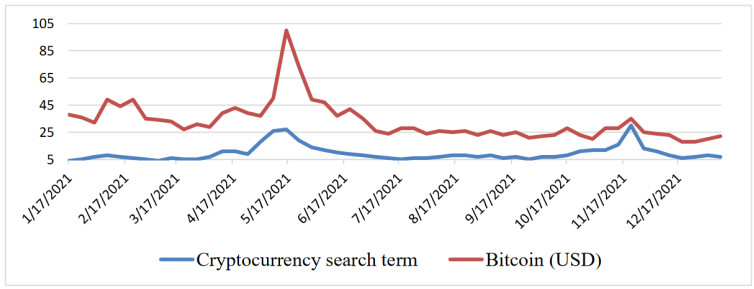









 DownLoad:
DownLoad:






